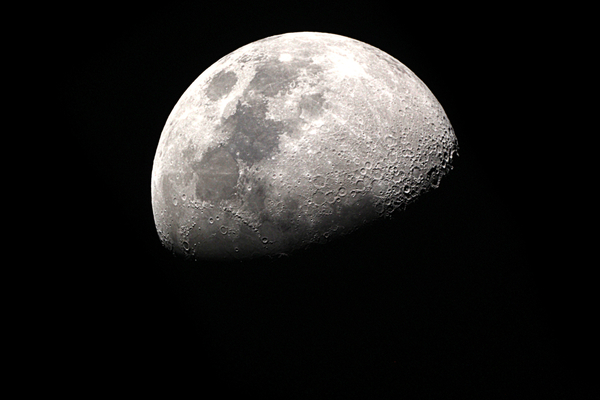 NASA says Asteroid 2024 YR4 is the Size of a 10-Story Building and has Increased Chance of Moon Impact
NASA says Asteroid 2024 YR4 is the Size of a 10-Story Building and has Increased Chance of Moon Impact
People are breathing a sigh of relief as an asteroid the size of a 10-story building previously predicted to be destined to collide with Earth is now more likely to make impact on the Moon.
As UPI reports, both NASA observers and members of the worldwide planetary defense community initially predicted that the asteroid designated as near-Earth 2024 YR4, said to be 174-220 feet in size, might hit the Earth in 2032. But now with updated stats, those scientists have now reevaluated and say it likely won’t strike the Earth.
“While earlier in the year asteroid 2024 YR4 posed a potential future impact threat to Earth in 2032, by the end of February,” the agency had since lowered “the risk of Earth impact” to “near-zero.”
However, the team at NASA’s Center for Near Earth Object Studies at the agency’s Jet Propulsion Laboratory also say that the chances for the same asteroid to collide with our Moon has increased.They “have updated 2024 YR4’s chance of impacting the moon,” in 2032, “from 1.7% as of late February to 3.8%,” based on observations taken from both NASA’s James Webb Space Telescope and from ground-based telescopes.”
How would such an impact possibly affect our planet? Well, the Moon’s gravitational pull is the primary driver of tides on Earth, causing the sea level to rise and fall. The Moon’s gravity pulls on the Earth’s oceans, creating two bulges of water, one on the side closest to the Moon and one on the opposite side. These bulges correspond to high tides, while the areas between the bulges experience low tides. So it should be reassuring to hear that the scientists observing the 2024 YR4 trajectory report that “In the small chance that the asteroid was to impact, it would not alter the moon’s orbit.”
NASA’s experts state that by mid-April, “asteroid 2024 YR4 will be too far and faint to be observed by ground-based telescopes,” but the Webb telescope will be able to start to observe the asteroid again in May, so there may be further updates available about the asteroid’s trajectory at that time.
—
Photo Credit: taffpixture / Shutterstock.com


